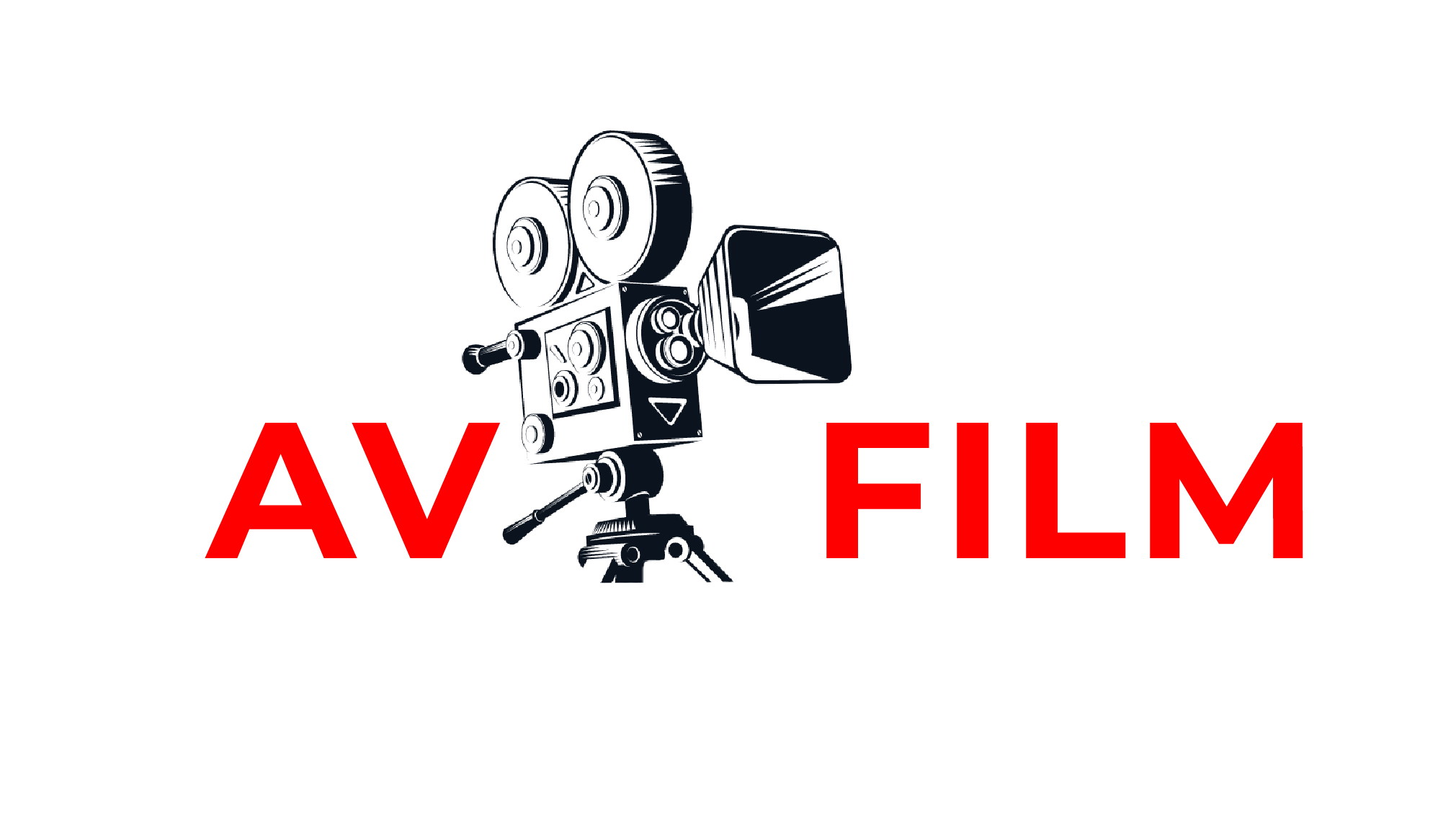
French New Wave
History Background
The French New Wave can be considered as a reaction to the World War II. During the war, American films were banned in France by the Nazi occupation. This left the French cinema lovers hungry for films especially that the only available movie entertainment was the very few french produced films and German movies. After the war ended, the ban on American movies was lifted in 1946, and the French audience had the opportunity to watch American movies that were previously produced during the war. Not being able to produce movies themselves, French critics began studying the available movies and criticizing films that they considered of low artistic quality. In their search of the art in movies, the critics of the French film magazine “Cahiers du cinéma” started a new wave in cinema. They directed films that had a different style from what was being produced then. These films became the first building stones of a movement in cinema known as the French New Wave or Nouvelle Vague. The founders of this cinematic wave were directors Louis Malle, Claude Chabrol, François Truffaut, Alain Resnais, and Jean-Luc Godard.

This new wave in cinema formed a unique style that in many ways stood in opposition of Hollywood mainstream cinema. So, what are the characteristics of the French New Wave?
Characteristics of the French New Wave:
- Themes about modern topics
- Simple story
- Innovative style
- Break the rules of editing
- Stylish cinematography techniques
- Reflexivity
- Manifestation of love for cinema
- Improvisation in acting
- Filming in real locations
Now, let’s take a look at these characteristics:
Theme: Events take place in the present day and the movies tackle topics relevant to modern issues (modern of the 1950s) and about modern young people.
Story: The stories of the New Wave films were fairly simple. The directors rejected the complicated plots and replaced it with character driven stories. Godard described the movies of the French New Wave as having a very well written dumb story.
Style: The style of the film is more important than the story. Meaning that HOW the story of the film is told became far more important than ever and even became more important that WHAT the story is. What is meant by the style or “how the movie is told” is that the narration of the films was unique. So the three act structure would not be present in chronological order. The visual language of the film is intended to communicate new ideas and meanings beside the dialogue: Show Don’t Tell
Editing: Films heavily used jump cuts (a cut in the editing the literally jumps from one point in time to another). The editing was used to break the spacial and temporal continuity that was a main foundation of Classic movies.
Stylish Techniques: Unfamiliar camera angles, and unconventional cinematography. Films also broke many filming rules so we can watch many scenes with no establishing shots (many start the scene with a close up), and a dialogue scene with no over-the-shoulder shots or the shot reverse shot technique.

Love of Cinema: New Wave films are known for manifesting the love for the cinema. So in almost all the movies belonging to this era we can find scenes where characters are going to the movies, or expressing their love for movies. Famous movie posters can be regularly seen in the background. Even, many films were about directors making movies.
Reflexivity: The directors of the New Wave made sure to always remind the audience that they are watching a movie. This was achieved through having actors breaking the forth wall (they spoke and looked directly to the camera). The films were filled with references to other movies where characters would talk about older movies, or re-act a scene from another film. The fact that many films were about a director making a movie also reminds the audience that they are watching a film.
Auteur: The directors of the new wave usually wrote and directed their films and expressed their ideologies and philosophies through their films. So they were the authors of their movies or what came to be known as “Camera Stylo” which means that the directors could use their camera the same way authors use their pens. Every director had her/his unique style.
Filming: Movies were shot on real locations, and often using natural light (when possible). The filming crew was minimal (due to low budget) and usually the same crew worked on different movies. The filming was basically independent and freed itself from the studio system.
Acting: The cast was encouraged to improvise.
If you are interested in the French New Wave, Here are some of the most influential films belonging to this wave:
List of The Best French New Wave Movies
| Film Title | English Title | Year | Director |
| Vivre sa vie | My Life to Live | 1962 | Jean-Luc Godard |
| Hiroshima Mon Amour | Hiroshima My Love | 1959 | Alain Resnais |
| A Bout de Souffle | Breathless | 1960 | Jean-Luc Godard |
| Les Bonnes Femmes | The Good Time Girls | 1960 | Claude Chabrol |
| Tirez sur le pianiste | Shoot the Piano Player | 1960 | François Truffaut |
| Lola | Lola | 1961 | Jacques Demy |
| Adieu Philippine | 1962 | Jacques Rozier | |
| Le Mépris | Contempt | 1963 | Jean-Luc Godard |
| Les Quatre Cents Coups | The 400 Blows | 1959 | François Truffaut |
| Les Amants | The Lovers | 1958 | Louis Malle |




